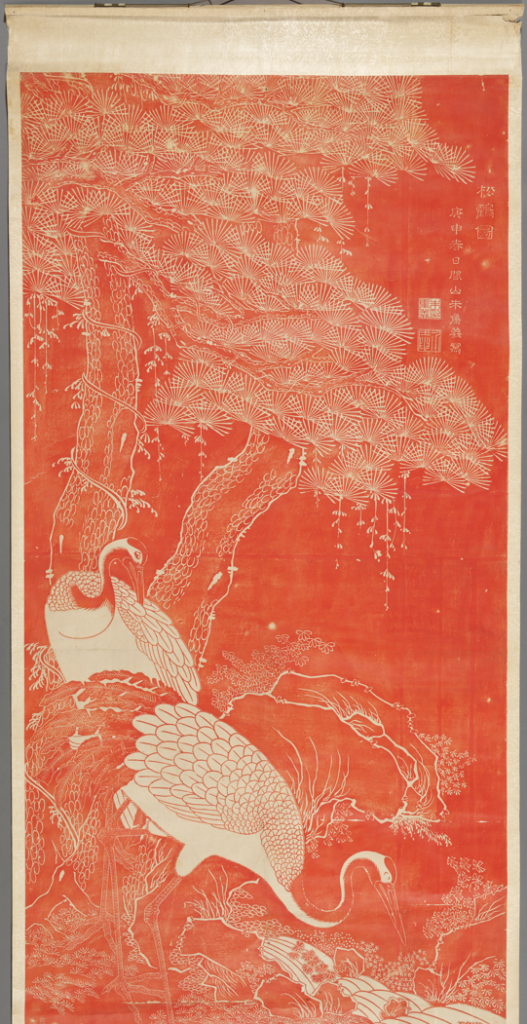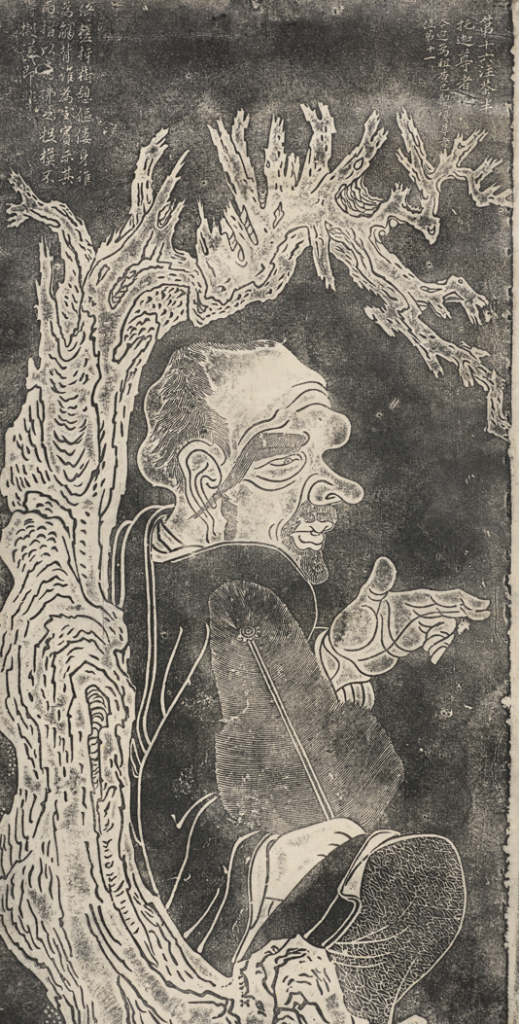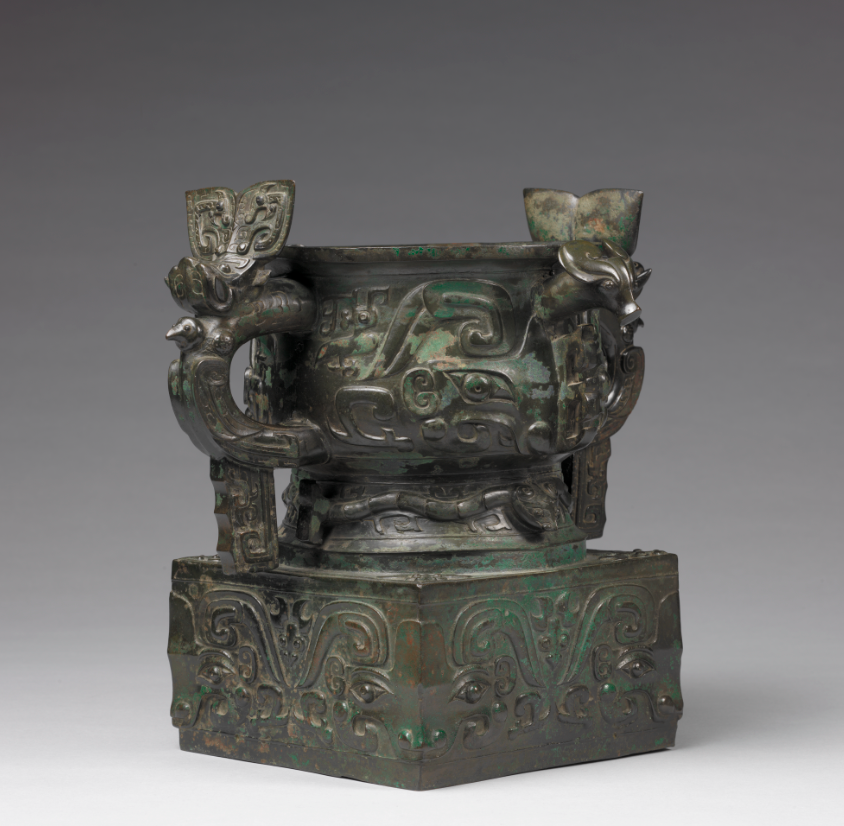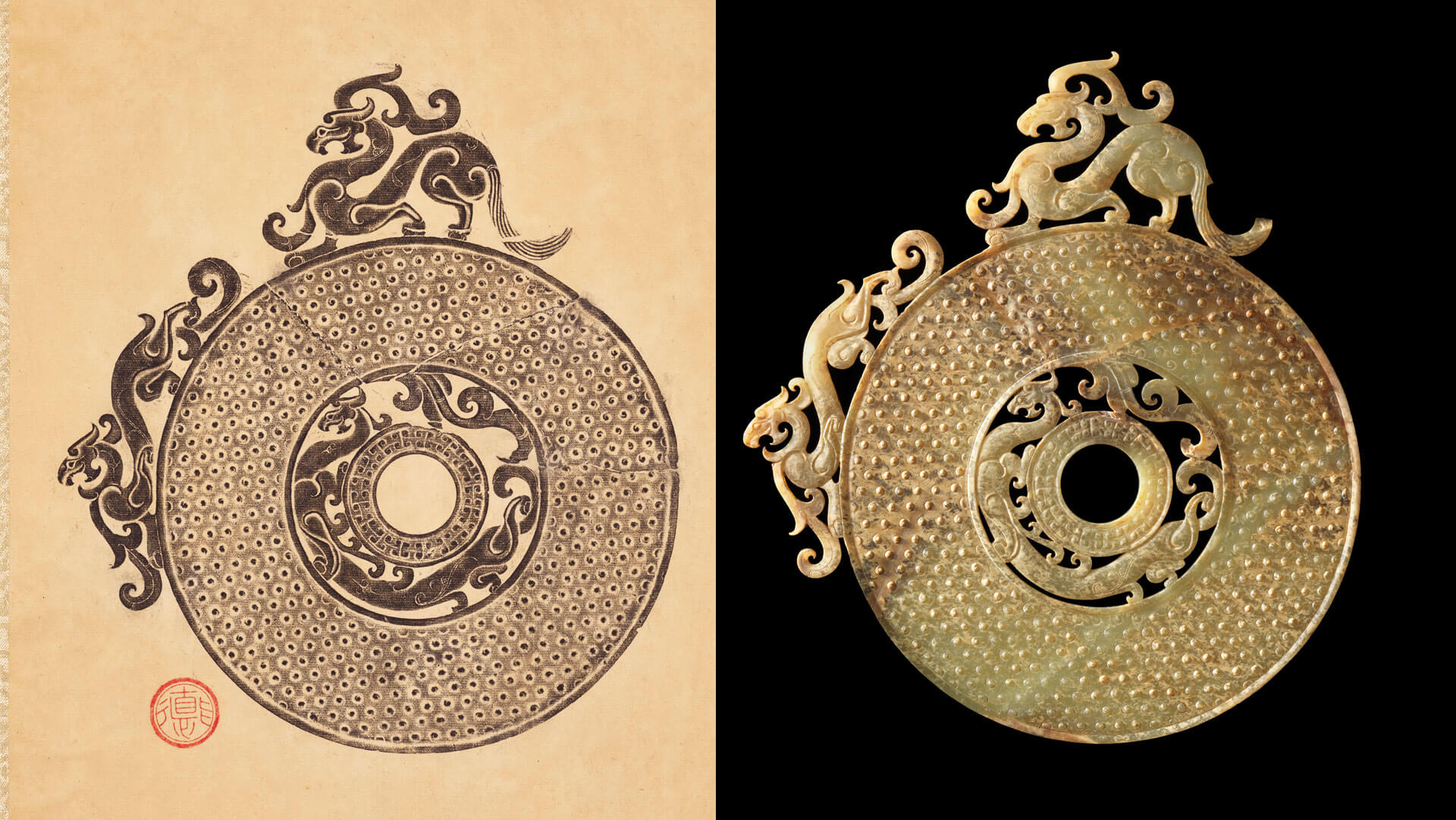As early as 600 C.E., scholars and collectors commissioned ink rubbings to preserve ancient inscriptions carved on stone or bronze. Advances in ink and paper in the 1200s spurred more refined production, and rubbings were soon regarded as works of art in their own right. In the 1800s, artists created many sophisticated rubbings from bronzes, jades, and sculptures to revitalize the appreciation of antique objects.
Due to its simplicity, beauty, and affinity to important historical objects, ink rubbings’ popularity endured despite advances in other reproductive media. In the 1930s, future Nelson-Atkins director Laurence Sickman (1907–1988) amassed an extensive collection of ink rubbings and, with other collectors, introduced Chinese ink rubbings to a global audience.
This exhibition features more than 25 rubbings, as well as some of the original objects, and offers a window into the remarkable practice, variety, and allure of Chinese ink rubbing.
Header Images:
Ritual Disc with Dragon Motifs (Bi), China, Eastern Zhou dynasty (771-256 B.C.E.). Jade (nephrite), 6 1/2 inches (16.51 cm). Purchase: William Rockhill Nelson Trust, 33-81
Rubbing of Ritual Disc with Dragon Motifs (Bi). China, 19th – early 20th century. Hanging scroll; ink on paper, 14 5/16 inches (36.35 cm). Bequest of Laurence Sickman, F88-45/110.





